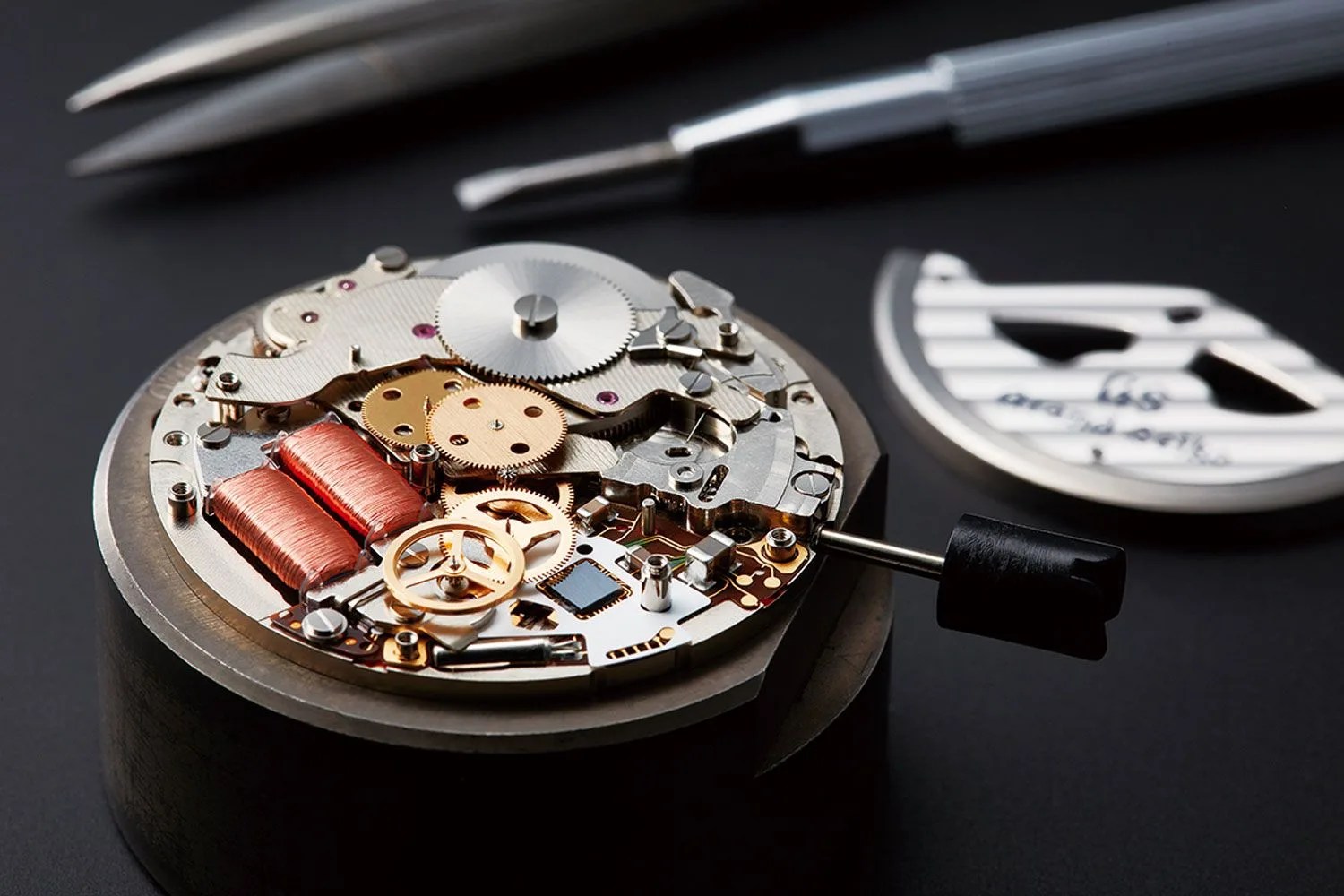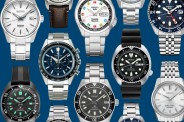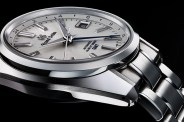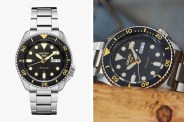Watch collectors have strong feelings about quartz versus mechanical watches: Battery-powered quartz is inexpensive, accurate and robust, but it lacks the je ne sais quoi of an electricity-free mechanical watch rooted in the traditions of centuries-old craftsmanship. Japanese watchmaker Seiko’s innovative Spring Drive movement, however, turns these common notions on their head and offers the best of all worlds. But how does this hybrid technology work, exactly, and why should you care?
Quartz v Mechanical: What’s the Difference, Anyway?
You can’t understand Seiko’s Spring Drive without first grasping what it borrows from mechanical and quartz systems. Most watches available today can be divided into quartz or mechanical — you can usually spot the difference quickly because quartz watches tick every second, whereas mechanical watches have seconds hands that “sweep.”
Spring Drive is like a traditional mechanical watch movement powered by a spring, but regulated by a more accurate quartz crystal.
Each type of movement uses a different kind of power source and a different way of keeping time — the two key elements of any watch. Mechanical watches are powered by a coiled spring slowly unwinding, and a tiny balance wheel oscillating several times per second sets the pace. A quartz watch, on the other hand, gets its juice from a battery, and a vibrating quartz crystal does the balance wheel’s work.
The difference in timekeeping is dramatic. The radically higher frequency of quartz not only makes the most basic quartz watch more accurate than even the most impressive mechanical version, but fewer moving parts make them more reliable and robust — not to mention that quartz movements can be produced for a fraction of the cost of their mechanical counterparts.
 Grand Seiko
Grand Seiko



